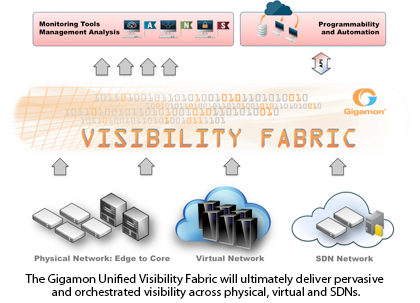Cisco introduced a multilayer storage director boasting 24 terabits per second of total switching capacity, almost three times the bandwidth of any director in the industry, along with a new fabric switch. The products are aimed at serving massive amounts of data, solid state drives (SSD) and cloud-based environments.
The new Cisco MDS 9710 Multilayer Director supports both high-density Fibre Channel and Fibre Channel over Ethernet, enabling consistent SAN and LAN networking operations. It builds on the company's MDS heritage of nonstop operations, including software upgrades, by providing the highest fault-tolerant capabilities with fully redundant (N+1) fans, switching fabrics, and power-supplies or grid redundancy (N:N). It accepts new 48-port 16 GB Fibre Channel and 48-port 10 GB FCoE line cards, enabling the platform to scale up to 384 line-rate 16 GB Fibre Channel ports or FCoE in a single 14 RU chassis.
The Cisco MDS 9250i Multiservice Fabric Switch delivers storage services, including Cisco I/O accelerator and Data Mobility Manager, which improve SAN efficiency by performing important storage services centrally in the fabric. It offers up to 40 line-rate ports of 16GB FC/FICON, 8 ports of 10 GE FCoE, and 2 ports of 1/10GE FCIP/iSCSI, while delivering a rich set of storage services via licensing. A SAN Extension capability enables backup, remote replication, and other disaster-recovery services over WAN distances using open-standards FCIP tunneling. In addition, a Cisco I/O Accelerator (IOA) provides acceleration for MAN/WAN applications, and wire encryption for backup and replication operations, making disaster recovery and regulatory compliance easier.
http://newsroom.cisco.com/release/1176617

















